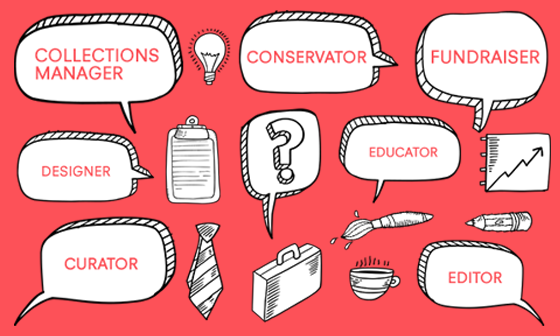Sometime in early 2020, I came across a video that changed how I approach history. In this video, costumer Bernadette Banner was constructing an Edwardian walking skirt to wear around her native NYC. While at the time I had no idea what a bias was, center seams, or really any idea how to sew beyond simple embroidery, I found myself drawn to this world of history as she narrated. Not only was she showing her reference patterns, she explained how women would wear these long garments, as well as how to read clothing for the history and culture of the time. There was so much to learn about the textiles that went into extant garments and how the quality of the textile was so important. Clothing had more Easter eggs than a Taylor Swift music video, and honestly the approach to dressing made more sense than our modern ways. The more I watched Banner, the more I was exposed to other historians such as Abby Cox. She truly opened the door to understanding how people in history were actually exceptionally smart, even if there were no iPads or internet.
We often think about people in history as being stupid, purely because they didn’t know the same things we know today. George Washington died just before the first dinosaur bones were discovered, germ theory didn’t exist when the plague hit, and people didn’t bathe in tubs for a long time. But this doesn’t mean that people were dumb and dirty. For example, the outer layers of a woman’s clothing was often re-worn several times before it was washed. And it was not because the fabric was like your jeans and you were concerned about the fabric stretching or the dye coming out. There was strategy.
Instead of having your nice expensive garments touching your body and getting sweat and oils on it, multiple underlayers would be worn. Depending on the period in history, there would be a lightweight linen shift or chemise and some form of support garment for the bust. In the middle ages it was a kirtle, in the 1700s it was a pair of stays, and in the 1800s it was a corset. These garments were designed to provide support, take pressure off the back, and give clothing smoother lines. There was no need to suck in your stomach or do extra ab workouts!
These underlayers not only protected you from the outside, they also protected your clothing from you. Linen and cotton (natural fibers) are exceptionally breathable and dry quickly when the wearer is sweating or exposed to more heat. Underlayers like the shift would be rotated out daily and washed consistently. Things like the stays or corset would be washed less frequently, but still more often than the outer layers. If you think about it, women at this time washed their undergarments more frequently than most women today do. (seriously, ask a friend how often she washes her bras.)
In the 1700s, women didn’t wash their hair as often (maybe once a week or two), but they used the equivalent of a hair mask and dry shampoo to protect the hair from the world and handle oils. Cox went as far as to spend a year doing this method, and documented how her hair felt mostly the same as it did with her modern hair routine. She also did an in depth exploration into shapewear and how if women in history didn’t match the shape of the day, they could modify their clothing to look like they had a tiny waist or a flat chest or whatever was en vogue for the time. Women weren’t pressured to change their bodies like they are now. If you were pregnant or bloated, you could let out your corset. Trying to attract a man at a ball? Add more hip padding so your waist looks snatched. Fashions would stay on trend for years at a time, garments were made to last, and if you are following along and counting, this means that women only needed a few items of clothing to last through their whole adulthood.
I would not call myself a stylish person by any means, but I love watching historical sewing videos. Not only have they given me perspective on how slow fashion has worked throughout history, they’ve changed how I think of people in history. They may not have known about germs or dinosaurs, but they were smart and strategic – down to their undergarments.




